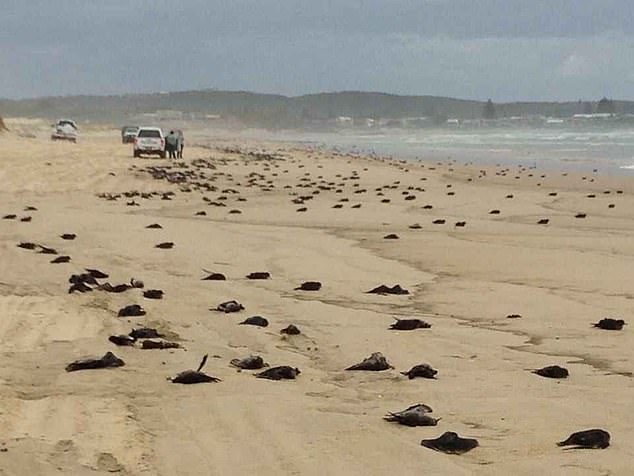
Up until the emergence of a marine heatwave known as "the blob" in 2014, Gulf cod was doing well. But the heatwave caused ocean temperatures to rise 4-5 degrees. Young cod started dying off, scientists said. "A lot of the impact on the population was due to that first heatwave that we haven't recovered from," Barbeaux said during an interview last month. Following the first heatwave, cod numbers crashed by more than half, from 113,830 metric tons in 2014 to 46,080 (a loss of almost 68,000) metric tons in 2017. The decline was steady from there. AK
Last month The Big Wobble reported more misery for Alaskan pink salmon fisheries. Prince William Sound Science Center field season was marked by a low flow and high pre-spawn mortality. This year, virtually no rain led to extremely low flows and field crews observed unprecedented pre-spawning die-offs and unusually late migration into the streams. According to the Prince William Sound Science Center, the fish finally started, what was for many, an ill-fated journey into the streams after some rain in early September. The rain stopped and the rivers dried up again. Soon thousands of fish were restricted to tide pools without enough water to return to the bays. They all suffocated. "During the first 10 days of September, our dead fish count in one of our streams rose from virtually none to nearly 30,000 dead pink salmon, all dying prior to spawning". "Our field crews estimated 10,000 died over a single night. We have never documented anything like that in the past."
Read the rest here



R.C.
Sad sarcasm.
RC